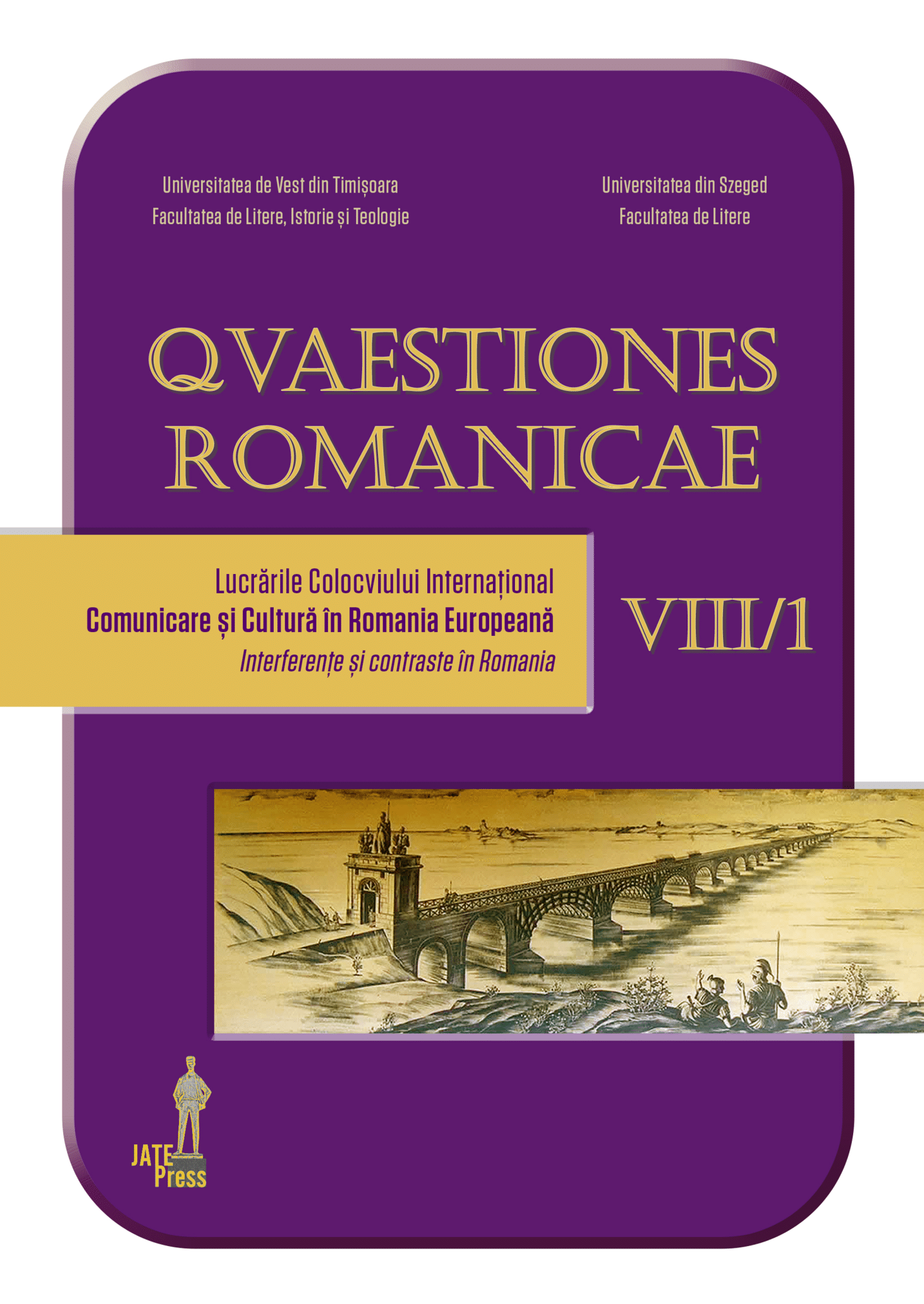Vârstele Letiției Branea. O radiografie a romanelor Gabrielei Adameșteanu
The Ages of Letitia Branea. A Radiography of Gabriela Adamesteanu’s Novels
Author(s): Elena CrașovanSubject(s): Romanian Literature
Published by: Universitatea de Vest din Timişoara
Keywords: body;feminine erotics;communism;post-communism;transition;
Summary/Abstract: The paper traces the evolution of a character in three of Gabriela Adamesteanu’s communist/post-communist transition novels. This ambitious narrative project began with Every Day’s Identical Journey (1975), continued with Provisionality (2010) and ended in 2018 with Fontana di Trevi (2018), forming, in the critics’ view, “the Letiţia Branea trilogy”. Our analysis focuses on the relation between personal and recent official history, marked by the politization of intimacy, especially in the representations of feminine bodies (puberty, erotics, pregnancy, abortion, ageing). These are central aspects of Gabriela Adamesteanu’s fiction, relevant for the ethos of the historical moments represented in her novels. The body is at the center of familial, social and economic institutions, being, simultaneously, an instrument and a source of knowledge; a radiograph of the body becomes also a relevant image of the world. This relation explains the frequent photographic or mirror images, representing important mises-en-abyme, marking the difference of perception from the natural to a politicized body. The relations between characters are mediated by the observation of the other’s body (the mother’s, the room-mates’, the lover’s, the husband’s body); the mainly negative bodily self-representations create an intricate game of closure-disclosure, marking the relation with one’s self as well as the heroine’s intimacy. Through this reading, the novels discussed become a testimony about the way in wich both major historical events and the grey of everyday life affect the body representations in Gabriela Adamesteanu’s novels; thus, an analysis of these images is a way of grasping a meaning of particular historical ages.
Journal: Quaestiones Romanicae
- Issue Year: VIII/2020
- Issue No: 1
- Page Range: 274-291
- Page Count: 18
- Language: Romanian

